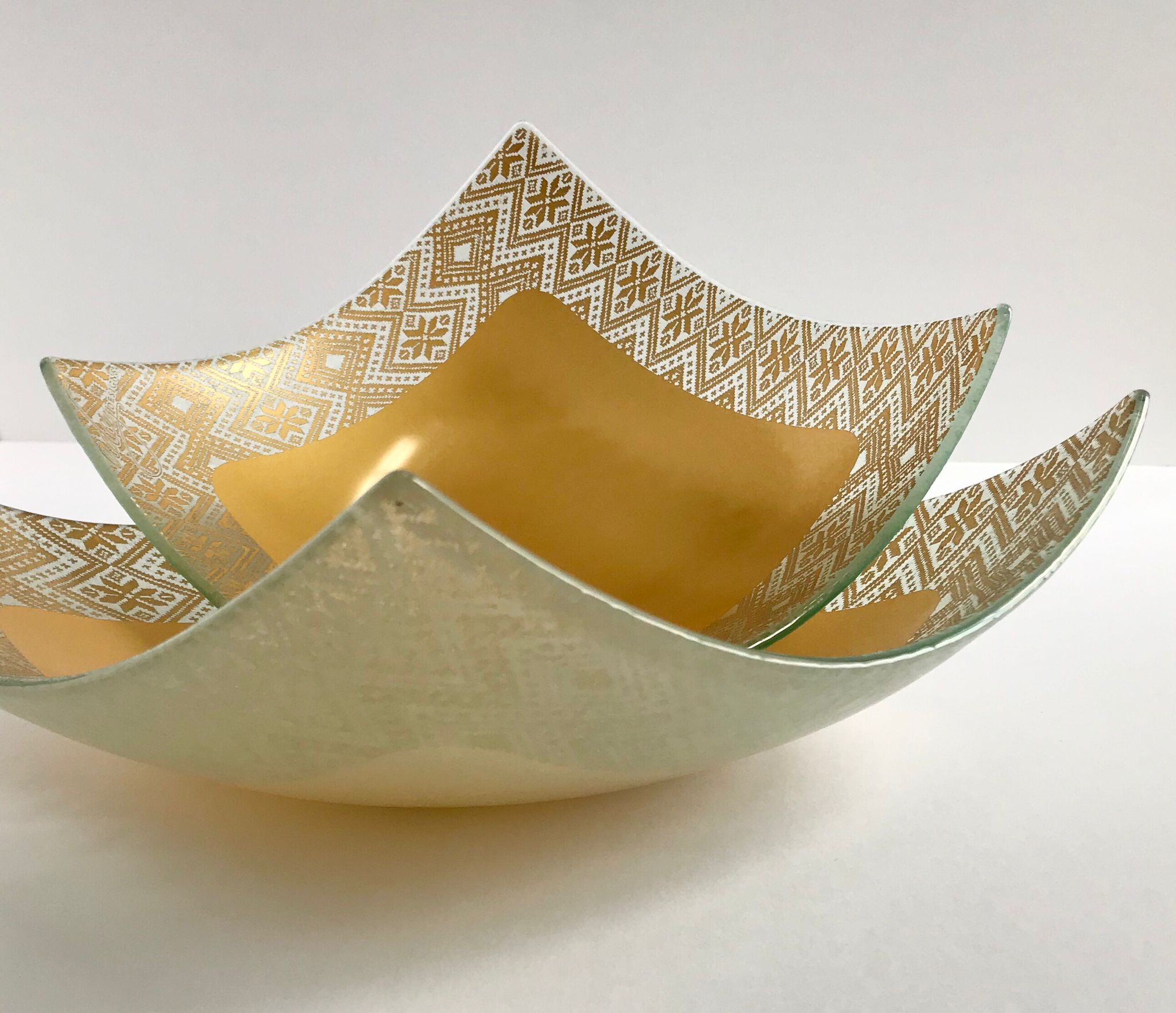Original Story Published by: Cahal Milmo, www.inews.co.uk
Photo Source: Daniel Leal/Getty
(Above) A crown, made in Ethiopia around 1740, made of gold and gilded copper with glass beads, pigment, and fabric. The crown was taken by British troops at the siege of Maqdala in 1868
In April 1897, Frederick Horniman, at the time Britain’s wealthiest tea trader and an avid collector, was offered an opportunity he could not refuse. Through “established commercial sources and private collections” he acquired 12 items of what was referred to as “Benin material” for the modest sum of £30.
Horniman, a Quaker whose parents had been part of the anti-slavery movement and who as a Liberal MP campaigned for what became the welfare state, had become almost certainly the first person in Britain to purchase items stolen barely weeks earlier from Benin City in an 18-day rampage by 5,000 British troops sent to sack one of West Africa’s foremost civilisations.
Upon its return to the UK, the booty from the openly punitive raid was sold, both officially by the Foreign Office to recover the cost of the military operation, and unofficially by the troops themselves, a number of whom had been sufficiently comfortable with their looting in present-day Nigeria to be photographed beside their hauls.
Gentleman aficionados such as Horniman would have been the subject of many offers from these “private collections” and in the next two years, the tea trader continued to acquire 60 more objects emptied from the Benin citadel, among them ornamental plaques telling stories of tribal history and a key to the palace of the Oba, or king.
To read the full article, visit www.inews.co.uk.









